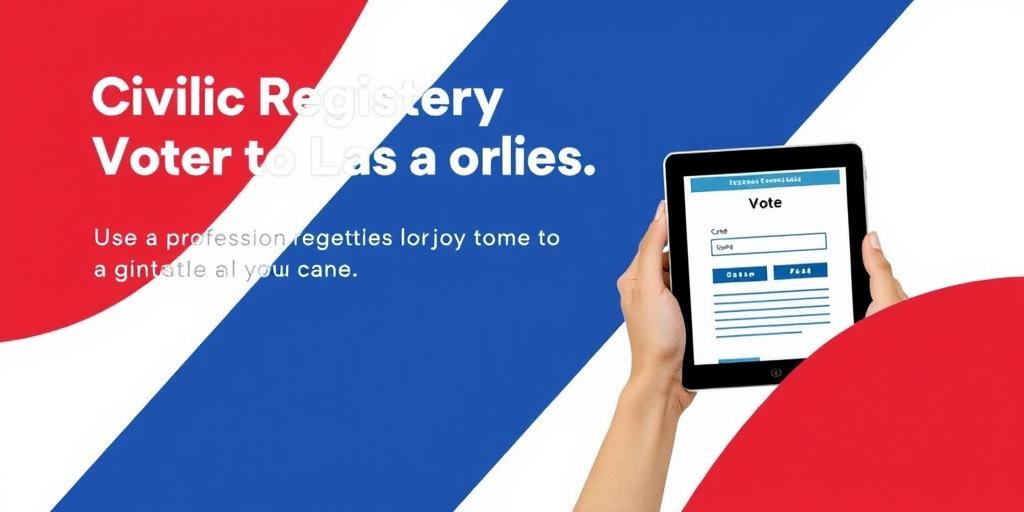Online Voter Registration and Its Challenges
Online voter registration (OVR) has emerged as a pivotal tool in modernizing the electoral process, aiming to broaden participation and streamline administrative tasks. By enabling citizens to register to vote via the internet, OVR systems offer convenience and accessibility that traditional paper-based methods often lack. However, the transition to online registration is not without its challenges. This post explores the benefits and hurdles of OVR, examining its impact on voter turnout and the measures needed to ensure its security and integrity.
The Rise of Online Voter Registration
Over the past two decades, OVR has gained traction across the United States and other democracies worldwide. The appeal is clear: it reduces the costs associated with printing and processing paper forms, minimizes data entry errors, and provides a user-friendly experience for citizens. States that have implemented OVR have generally seen an increase in voter registration rates, particularly among younger demographics who are more digitally inclined.
Benefits of Online Voter Registration
- Increased Accessibility: OVR makes it easier for individuals to register, especially those with mobility issues or those living in remote areas.
- Cost Efficiency: Digital registration reduces the need for manual data entry and storage, saving taxpayer money.
- Improved Accuracy: Online forms can be designed to prevent common errors, leading to cleaner voter rolls.
- Higher Turnout: Studies suggest that OVR can lead to increased voter turnout by making the registration process more convenient.
Challenges and Concerns
Despite its advantages, OVR faces several significant challenges:
- Security Risks: The potential for hacking and voter data breaches is a major concern. Robust security measures are essential to protect sensitive information.
- Digital Divide: Not all citizens have equal access to the internet. Disparities in internet access can create barriers for certain populations, exacerbating inequalities in voter participation.
- Verification Issues: Verifying the identity of online registrants can be challenging. States must implement effective methods to prevent fraudulent registrations.
- Technical Glitches: System failures and technical issues can disrupt the registration process, causing frustration and disenfranchisement.
Addressing the Challenges
To fully realize the potential of OVR while mitigating its risks, several measures should be considered:
- Enhanced Security Protocols: Implementing advanced encryption, multi-factor authentication, and regular security audits to protect against cyber threats.
- Bridging the Digital Divide: Investing in programs that expand internet access and digital literacy, particularly in underserved communities.
- Strengthening Verification Methods: Utilizing data matching with state databases and other verification tools to confirm the identity of online applicants.
- Ensuring System Reliability: Conducting thorough testing and maintenance of OVR systems to prevent technical glitches and downtime.
The Future of Online Voter Registration
Online voter registration is likely to become an increasingly integral part of the electoral landscape. As technology evolves, so too will the methods and strategies for OVR. By addressing the existing challenges and continually improving security and accessibility, OVR can play a vital role in promoting a more inclusive and democratic society. The key lies in striking a balance between leveraging the benefits of technology and safeguarding the integrity of the electoral process.
Conclusion
Online voter registration offers a promising avenue for enhancing voter participation and streamlining election administration. While challenges remain, proactive measures can mitigate risks and ensure that OVR serves as a valuable tool for strengthening democracy. As we move forward, continued innovation and vigilance will be essential to harness the full potential of OVR while protecting the rights of all voters.









